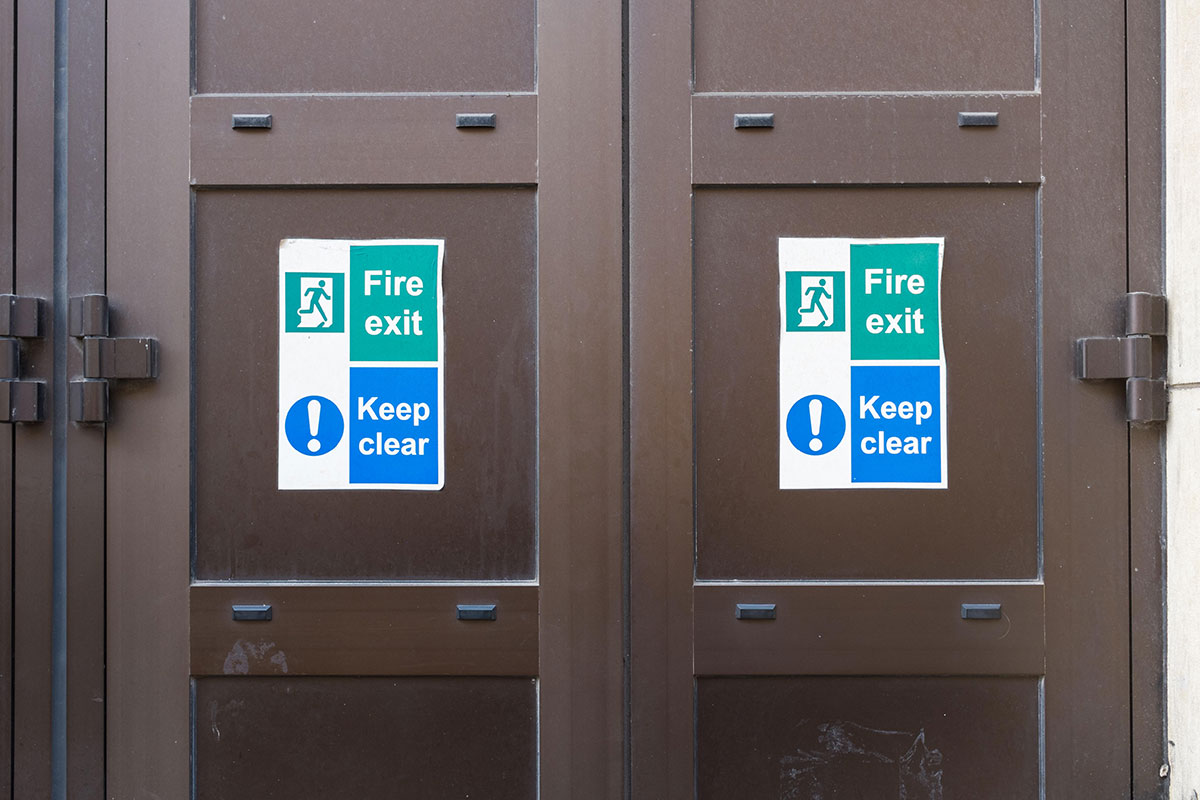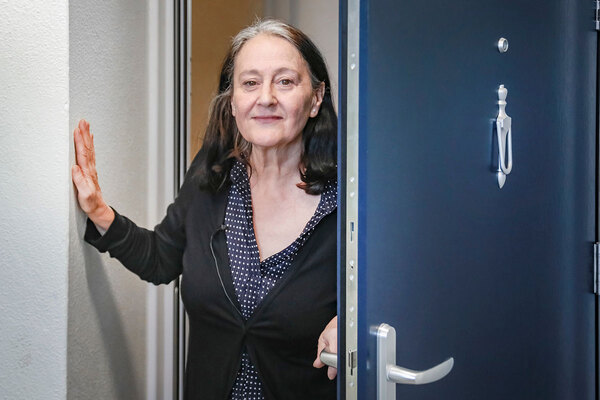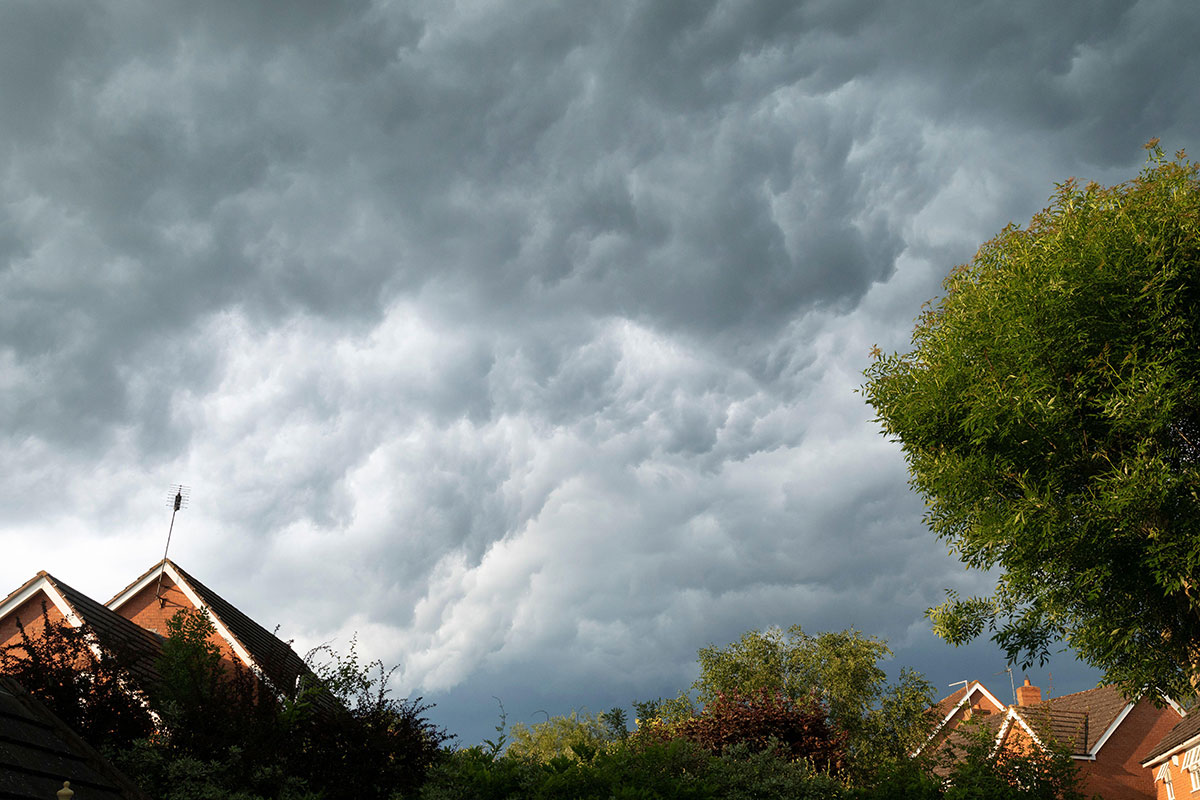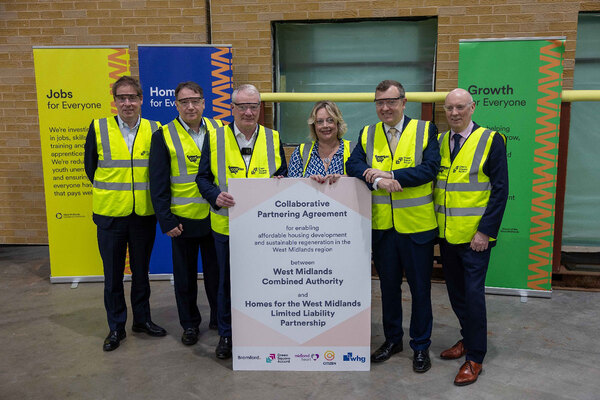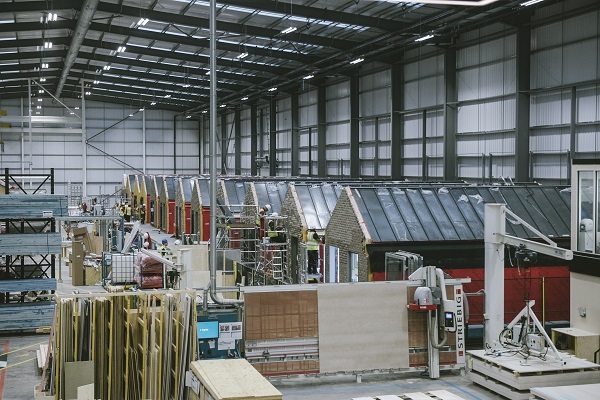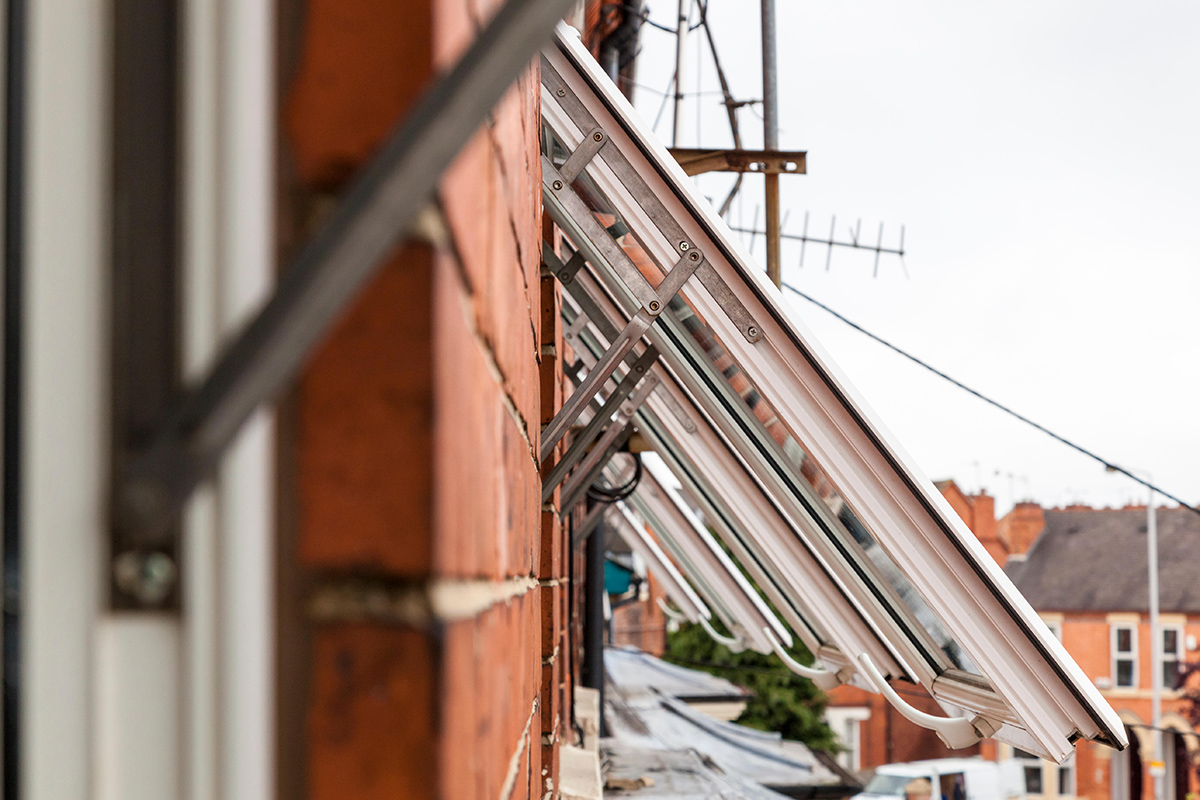City of London Corporation has updated safety aspects in 2,300 homes: this is how it was done
The governing body of London’s Square Mile invested £9m to upgrade fireset doors in its housing to comply with new fire door regulations introduced in January
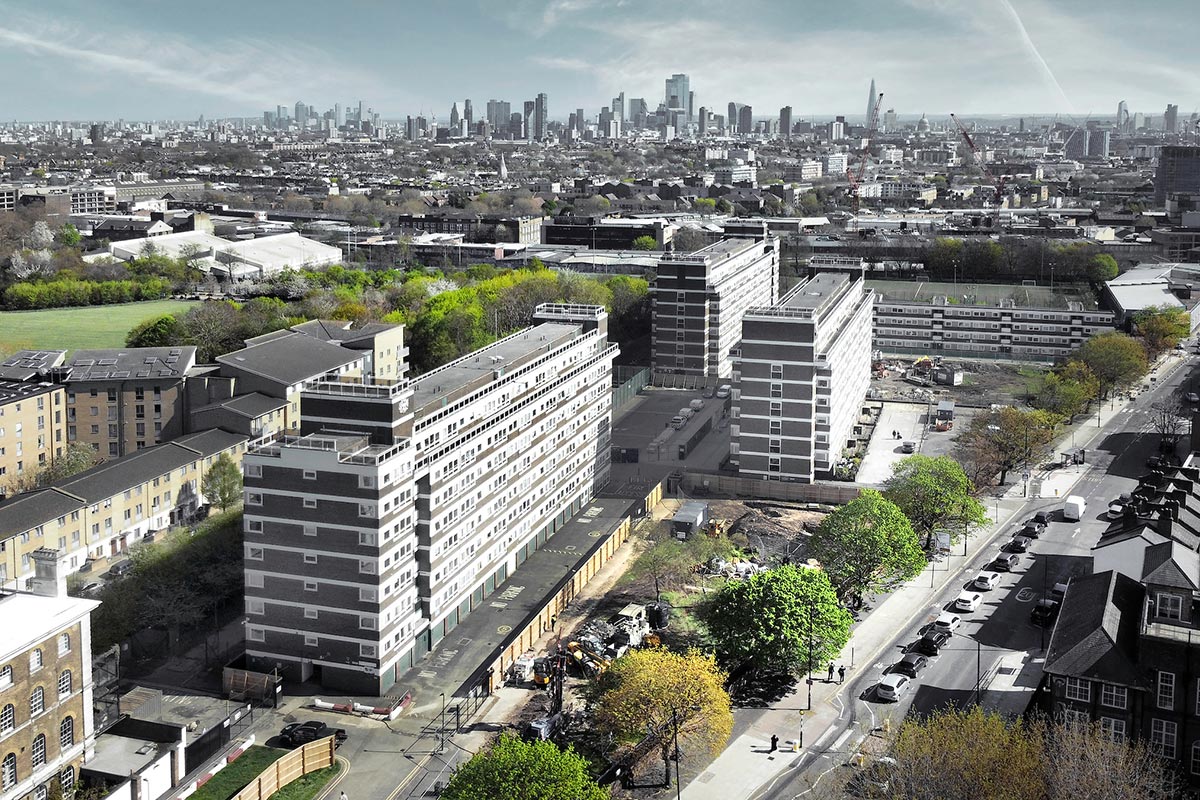
In association with:
![]()
Upgrading fire doorsets in London
In 2020, the City of London Corporation embarked on a significant £9m project to upgrade fire doorsets across its stock in six London boroughs.
The City of London Corporation is the governing body of the Square Mile and a major social housing provider in the capital.
Following the tragedy at Grenfell, it launched a review into its stock as part of a commitment to improve the fire safety of its housing estates.
The project spanned Camden, the City of London, Hackney, Islington, Lewisham, Southwark and Tower Hamlets, with more than 7,000 Londoners in 12 City of London Corporation-run housing estates benefitting from the scheme.
Works included the replacement of all front, communal and fire escape doors in more than 2,300 homes, enhancing their fire resistance to 60 minutes; or 30 minutes as an absolute minimum if the 60 minute-level was not achievable or appropriate.
As part of the review, the City of London Corporation also agreed to fit fire sprinklers in all its social housing tower blocks by the end of that year to inhibit the spread of fire in high-rise flats.
Gerda Security Products was appointed as the main contractor to carry out fire doorset replacement works on the City of London Corporation’s York Way and Holloway estates. The replacement of 692 doorsets in total was carried out on time and within budget.
Jason Hayes, head of major works at the City of London, explains: “When the MHCLG [Ministry of Housing, Communities and Local Government], as they were known then, completed their testing regime [after Grenfell], Gerda Security Products passed the test with a full range of door hardware/furniture [such as door knockers, key locks and letter boxes].
“When Gerda Security Products supplied their test data, their [fire doorsets] exceeded the standard by at least 10 minutes. That was reassurance for us that these doorsets went above and beyond,” he says.
Located on land owned by the City of London Corporation and built between the mid-1960s to 1975, the Holloway Estate includes 180 flats, maisonettes and houses. York Way sits on the former Metropolitan Cattle Market in London and includes four residential blocks.
Security and accessibility
In addition to improving the homes’ fire safety, the programme also aimed to boost the security and aesthetic aspects of the doorsets and improve the energy efficiency and accessibility of the homes for diverse communities, says Mr Hayes.
“One of the things we suffered from was [a lack of] security and access to some of our plant rooms and electrical cupboards. So we looked to undertake the installation of the [H System] to standardise the locks across all the housing estates and create a secure premise for unauthorised access. [It also allows] the fire service to access key parts of the building if they ever had to attend in case of emergency.
In numbers
692
Doorsets replaced by Gerda Security Products across two City of London Corporation estates
12
Total number of estates taking part in the scheme
“[The doorsets] provide security while contributing to thermal efficiency. They also enable us to address accessibility [as part of the regulations], by [making it possible for us] to adapt the doors for those who may be less physically able or require wider door openings in the building,” he adds.
Special consideration was given to residents in Whitby Court and Fairweather House on the organisation’s Holloway Estate who required automatic entry systems because of disabilities. Specific door closers were installed along with rubber neat-edge slopes to help wheelchair users access the buildings with ease.
Minimising disruption to residents was a key challenge during the project, says Mr Hayes. The City of London Corporation was initially “anxious” about gaining access to properties, or residents’ willingness to have their doorsets changed.
This is why Gerda Security Products carried out the work in phases. Residents were informed of installation before work started, through letters and collaboration with the City of London Corporation’s estate team.
A resident liaison officer visited each installation after completion, and any problems they discovered were addressed the same day. The installation of the communal doorsets was done from the top floor down, to minimise disruption. All doorsets were tailored to entrances and carry a unique ‘G-Smart’ code, which stores the full history of the product to ensure maximum security, traceability and fire safety.
The programme was received positively by residents, says Mr Hayes. “It turned out we had very few access issues at all. Residents seem to have really taken the doorsets on board and, across our housing estates,
we got a very high customer satisfaction rating of between 97% and 99%.”
“Social housing clients understand that primary testing offers certainty of performance”
With the focus on fire safety across all high-rise residential buildings following the Grenfell tragedy, there is a pressing need to address the deficiencies that contributed to one of the greatest modern UK disasters. The inadequate performance of fire doors, as revealed in the Grenfell Tower Inquiry, underscores the urgency of implementing new regulations.
In January, regulations were introduced to ensure the regular inspection of identified fire doors in specific buildings in England, on a tri-monthly or annual basis.
To ensure fire doorsets perform as intended when they are most needed, manufacturer primary test evidence is crucial. Primary test evidence [a test conducted by a qualified test engineer to produce a report with the exact specification of the fire doorset and how it was tested] assures residents and landlords that the doorsets will function effectively during emergencies, while compliance with the new legislation means the doorsets should be maintained continuously.
Social housing stock varies in age, type and condition. Fire doorset replacement schemes often uncover unusual scenarios or structures that require compliant solutions. Manufacturer primary test evidence, which has been built up over a long period of time and often incorporates innovative design, provides the versatility to achieve this. Social housing clients, which prioritise safety, seek the assurance of fire doorsets specified with such evidence. They understand that primary testing offers certainty of performance, protecting the lives of people in the building. Clients now regularly employ fire doorset professionals to review test evidence to ensure compliance with all areas of building regulations, not just fire-related aspects. The emphasis on this manufacturer primary test evidence, rather than cascaded evidence, conducted by a third-party and not the manufacturer, signifies the industry’s dedication to uncompromising safety standards.
The City of London Corporation has rewarded our commitment to fire safety by entrusting us with manufacturing and installing 692 new 60-minute flat entrance and communal doorsets across its historic York Way and Holloway estates. The corporation’s decision to surpass the mandatory 30-minute requirement and opt for 60-minute doors reflects its unwavering commitment to prioritising safety above all else.



